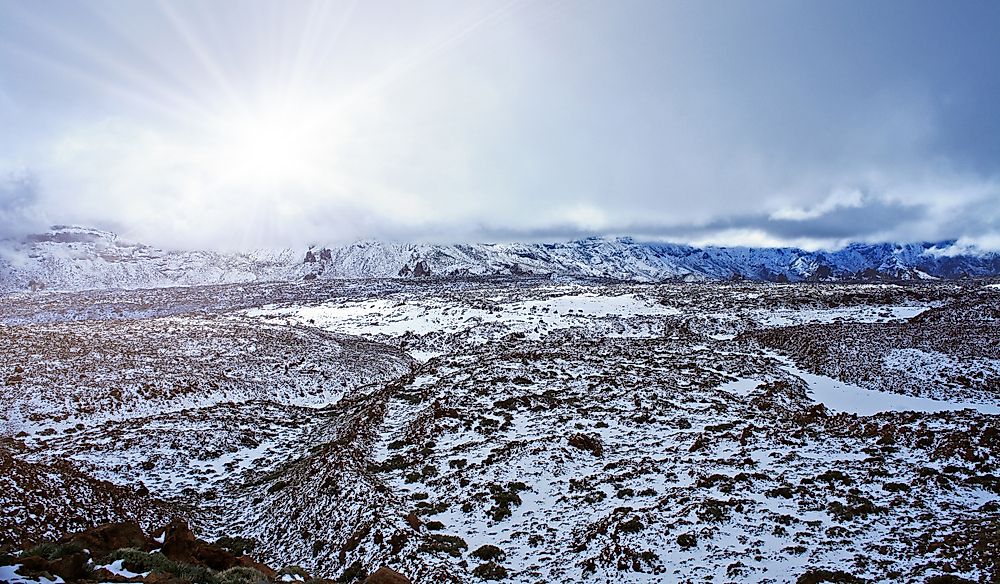What Is A Frost Quake? What Is An Ice Quake?

Scientifically known as a cryoseism, a frost quake or an ice quake refers to a seismic activity that is a result of cracking ice. The cracking can be sometimes be accompanied by a loud bang. The cracking ice can be found in a number of places such as frozen soil or rocks. The frozen water in the soil or the rocks usually finds its way there through natural permeation. When this happens, especially in cold environments, freezing easily occurs thus fulfilling one of the requirements of a cryoseism.
Ice quakes do not occur immediately after the water freezes in one winter season. Instead, the process can take several years after many melting and freezing cycles. This alternate freezing and melting places stress on the rock or the ground to the point where an ice quake occurs.
Non-Seismic Cryoseism
Cryoseism can also occur without causing seismic action. A good example of such an event happens when there is a sudden movement of glaciers. Movement of glaciers can be caused by a number of things. For example, a layer of water below a glacier may act as a lubricant of an overlying glacier.
Conditions for the Occurrence of a Cryoseism
The phenomenon requires many requirements for it to occur. For this reason, weather experts usually have a tough time predicting their occurrences. People who live in places with a history of such occurrences are advised to stay alert at all times. However, four main conditions have to be present for a cryoseism to occur.
The first condition is that the area has to be exposed to cold air masses. In the case of a ground cryoseism, the ground has to be sufficiently saturated with water before the arrival of the air masses. In addition, there has to be minor snow cover (less than six inches) on the ground. Lastly, a cryoseism is likely to occur when temperatures drop suddenly (within 16 to 48 hours) from freezing to below zero degrees or close to zero.
Cryoseisms that are accompanied by seismic activity are most likely to happen anywhere from midnight to dawn. Since water has to permeate into the ground, it holds to reason that the sand has to allow for permeation. A good example of such sand is sandy soil or gravel. For those happening in areas with glaciers, they can happen even in warm conditions since glaciers never melt.
Effects of a Cryoseism
The most common effect is the seismic activity, which is usually mistaken for an earthquake. The confusion arises because of the seismic action, ground cracking, booming noises, vibrations, and similar events. If the cryoseism has significant energy, it can cause damage to nearby property. In some cases, there have been reports of flashes of light during or before the event. This light is possibly from the electrical charges generated.
Reports
Cryoseisms have been reported in both Canada and the United States. In Canada, they have occurred in areas like Quebec and Ontario. In the US, they have been reported in the north, the northeast, and the Midwestern states. Glacier types have been reported in areas like Iceland, Greenland, and Alaska.











